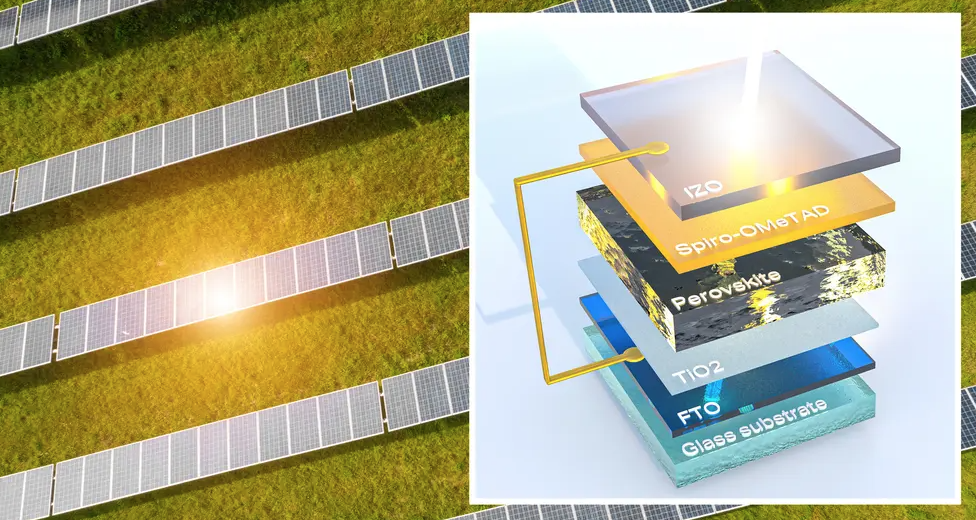Perovskite double sided solar cells, the breakthrough in efficiency
– Over the years the double-sided photovoltaic technology has carved out a place in the solar market. To the point that today several sector researches believe it can become the main approach to the production of photovoltaic cells by 2030. The merit of the success goes undoubtedly to the possibility of exploiting also the diffused light reflected by the installation substrate to increase even more the performance of the plant.
Not only silicon
The semiconductor of choice for this application? Crystalline silicon, in all its possible architectures (HIT, PERC, PERT, etc.). But today there are also those who are testing another class of materials, defined as the promise of the sector: the perovskites. Despite the great progress achieved by this group of mixed oxides in the single-sided configuration, the perovskite double-sided solar cells struggle to “shine”. And the performance is still very low.
Scientists from the National Renewable Energy Laboratory (NREL) of the US Department of Energy, in collaboration with colleagues from the University of Toledo, are helping out today. The group led by chemist Kai Zhu has realized double-sided single-junction perovskite solar cells where the efficiency under lighting from both sides is almost close.
The double-sided solar cells of the NREL
To achieve this, the researchers relied on optical and electrical simulations to determine the required thickness. The perovskite layer on the front of the cell had, in fact, to be thick enough to absorb most of the photons but not too thick to minimize the loss of recombination. Simulations have shown that the ideal thickness is about 850 nanometers. In comparison, a human hair is about 70,000 nanometers. Similarly on the back of the cell, the NREL team had to determine the ideal thickness (200-240 nm) of the transparent conductive back electrode to minimize resistive loss.
To evaluate the efficiency of the new two-sided perovskite photovoltaic cells, the team positioned the unit between two solar simulators. The direct light was pointed at the front side, while the back side received reflected light. The result? The front face showed a yield of over 23%, while the rear efficiency was about 91%-93% of the front.
The study has recently been published in Joule.

